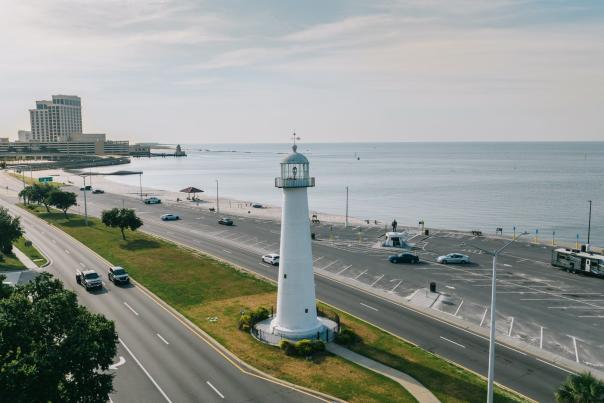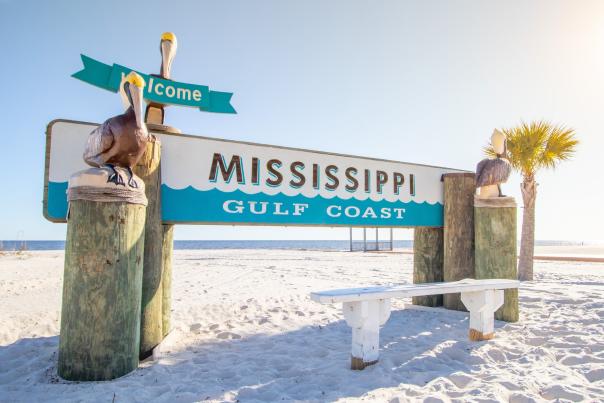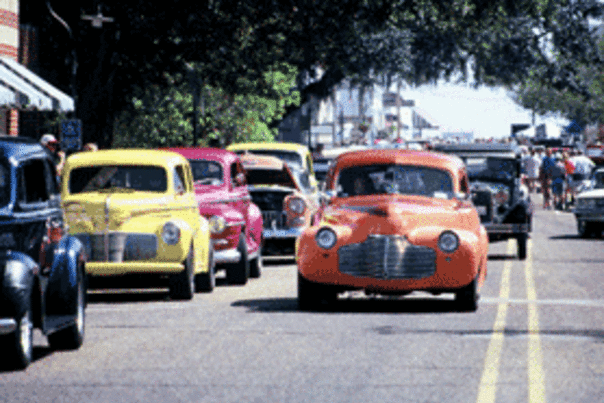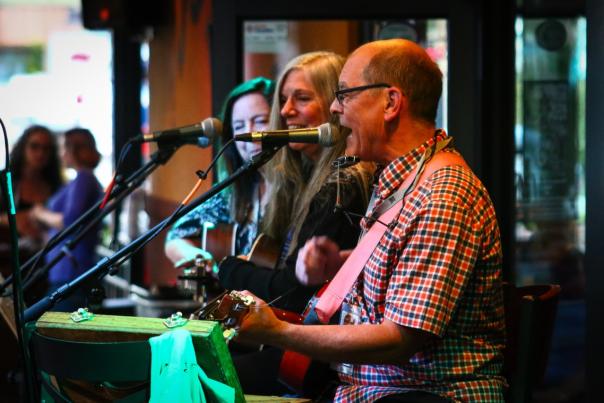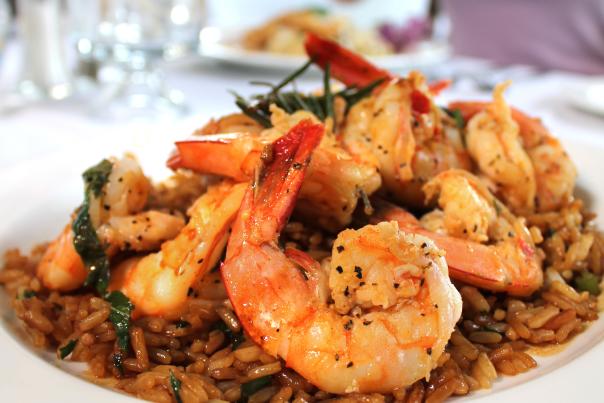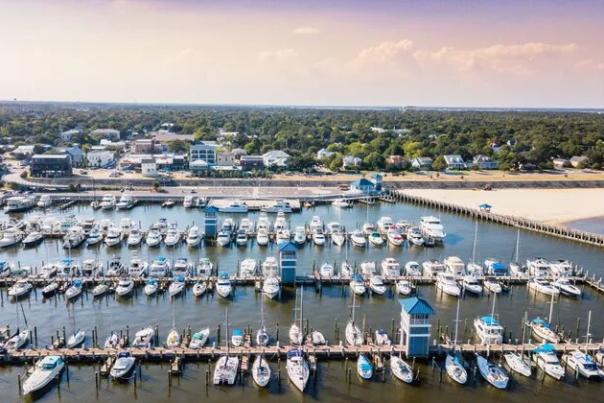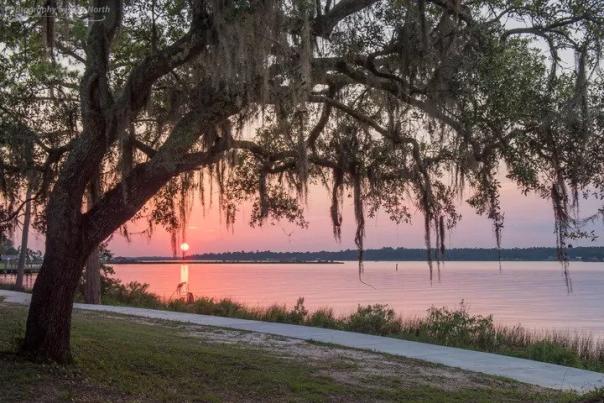Coastal Mississippi Communities Shine in Southern Living's 2024 "The South's Best"
Honorees to be featured in the April issue COASTAL MISSISSIPPI (March 6, 2024) – Southern Living magazine, the ultimate insiders’ guide to Southern culture, today announced the winners of their “The South’s Best” honorees for 2024. Coastal Mississippi communities claimed the top spot in several categories: Ocean Springs took the top honors as The Best Small Town in Mississippi, with Bay St. Louis, Gulfport, and Pass Christian also nominated in that category. Biloxi was voted The Best Waterfront Town in Mississippi. And Gulfport was voted one of…
Continue Reading


